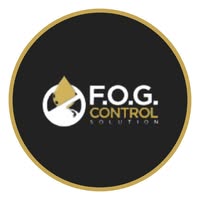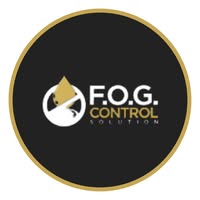Fog can significantly reduce visibility, creating hazardous conditions in various environments, including roads, airports, and industrial sites. Implementing effective fog control strategies is essential for maintaining safety and minimizing disruptions. In this blog, we explore proven methods and technologies to mitigate the risks posed by fog.
1. Understanding Fog: Causes and Impact
Fog forms when water vapor condenses into tiny droplets, creating a thick layer that scatters light and reduces visibility. The impact of fog includes:
- Increased risk of accidents on roads and runways.
- Disruptions in industrial operations.
- Challenges in navigation for vehicles, ships, and aircraft.
2. Importance of Fog Control Strategies
Effective fog control minimizes accidents, maintains operational efficiency, and ensures compliance with safety regulations. Proactive measures can save lives, reduce costs, and enhance productivity in fog-prone areas.
3. Top Fog Control Strategies
a. Use of Fog Dissipation Technologies
- Thermal Fog Dissipation: Heat sources, such as jet engines or burners, are used to warm the air and disperse fog.
- Chemical Fog Dissipation: Chemicals like hygroscopic agents are deployed to absorb moisture and reduce fog density.
b. Advanced Lighting Systems
Installing specialized lighting, such as LED fog lights or low-intensity runway edge lights, helps improve visibility in foggy conditions. These systems minimize glare and enhance clarity.
c. Automated Fog Detection Systems
Sensors and monitoring systems can detect fog formation in real time. By integrating these systems with warning signals and control measures, you can respond quickly to mitigate risks.
d. Vegetation Management
In agricultural or forested areas, managing vegetation can reduce the likelihood of fog formation. Trees and plants that trap moisture can contribute to fog density.
e. Smart Infrastructure Design
Constructing roads, runways, and industrial sites with proper drainage and airflow can help prevent fog buildup. Elevated structures and ventilation systems aid in maintaining visibility.
4. Industry-Specific Fog Control Applications
a. Transportation
- Roadways: Install fog warning systems and adaptive traffic lights for safer driving.
- Airports: Use runway visual range (RVR) systems and fog dispersal equipment to enhance pilot visibility.
b. Industrial Operations
- Incorporate enclosed workspaces with humidity control to prevent fog formation.
- Equip warehouses and factories with dehumidifiers for better visibility.
c. Maritime Navigation
- Utilize radar and GPS systems to ensure safe navigation in low-visibility waters.
- Install foghorns and automated guidance systems for enhanced safety.
5. Benefits of Effective Fog Control
- Improved Safety: Reduces accidents and injuries in fog-prone areas.
- Operational Continuity: Minimizes disruptions in transportation and industrial activities.
- Cost Savings: Prevents damage to infrastructure and reduces maintenance expenses.
- Environmental Protection: Sustainable fog control methods reduce the need for harmful chemicals.
6. Innovations in Fog Control Technology
- AI-Driven Forecasting: Predict fog formation and activate control measures proactively.
- IoT-Integrated Systems: Real-time monitoring and automated responses for fog management.
- Sustainable Solutions: Development of eco-friendly fog dispersal methods that minimize environmental impact.
7. Implementing Fog Control Strategies: Key Considerations
- Assessment of Fog-Prone Areas: Identify high-risk zones to prioritize control efforts.
- Cost-Effectiveness: Choose solutions that balance performance and budget.
- Regular Maintenance: Ensure all fog control equipment is functioning properly.
Conclusion
Fog control strategies essential for ensuring safety and efficiency in challenging conditions. By adopting advanced technologies, designing smart infrastructure, and leveraging proactive strategies, industries and municipalities can mitigate the risks associated with fog. Stay ahead of the weather with innovative solutions tailored to your needs.
innovative solutions tailored to your needs.
